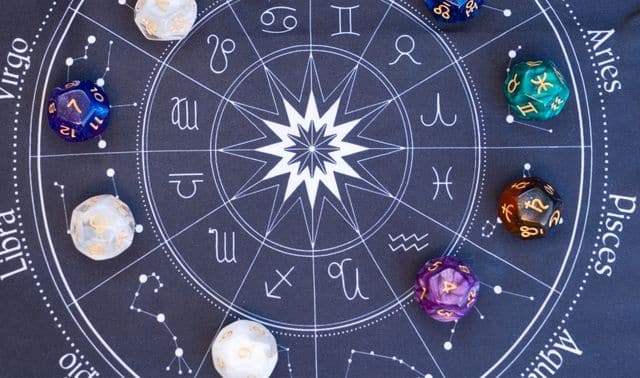Different cultures have their own systems of astrology. Since ancient times, human beings have sought explanations in the skies for events that happened on earth. They observed that the movements of the celestial bodies corresponded with earthly happenings. best astrologer in new york as a science developed from this discovery and in the beginning, it was closely allied with astronomy.
Let us now examine the astrological system followed by three different cultures.
Astrology in Western culture
Western astrology is based on the horoscope for a precise moment, for instance, a person’s birth, in which celestial bodies are said to exert an influence. The Hermetic maxim “as above, so below; as below, so above”, says it all. It suggests the similarities between the individual (microcosm) and the celestial environment (macrocosm). However, western popular culture reduces it to sun sign astrology, in which only the individual’s date of birth is considered.
The Sun, Moon and planets move across the sky through a belt of constellations called the zodiac. In this system, there are twelve zodiac signs based on twelve of the constellations through which the sun passes during the entire year.
In Western astrology, the 12 zodiac signs represent twelve personality types. These are Aries, Taurus, Gemini, Cancer, Leo, Virgo, Libra, Scorpio, Sagittarius, Capricorn, Aquarius and Pisces. The signs are divided into four elements – fire, earth, air and water and three qualities, cardinal, fixed and mutable.
Indian/Hindu/Vedic astrology
It was around the 3rd century BCE that Vedic astrology originated. Astrological terms, names of zodiac signs and the planets in Varaha Mihira’s text suggest a Greek origin. Astrology plays an important role in many areas of Indian life, like marriage, childbirth, moving into a new home or starting a business.
Hindu astrologers use the sidereal zodiac which is an imaginary belt of 360 degrees, also divided into twelve equal parts called Rashis (Rashi represents the sign which the Moon occupies in the birth chart). In this system, stars are part of a fixed background against which planetary movements are measured, but Western astrology uses the tropical zodiac where planetary movements are measured based on the Sun’s positions. Indian astrologers use the Moon sign of a person rather than the Sun sign to make predictions. They also give importance to the Ascendant or Rising sign.
Chinese astrology
Chinese astrology has close links to Chinese philosophy and uses concepts such as yin and yang. Its zodiac has twelve animal signs which symbolize twelve different kinds of personality. Cycles of years, lunar months and two-hour periods of the day form the basis of this zodiac.
In the Chinese zodiac, an animal and its attributes are associated with each year in a repeating 12-year cycle. This system is superficially similar to the Western zodiac. In both, the time cycles are divided into 12 parts. Most of these parts are also associated with the names of animals. They also attribute a person’s character or incidents in their life to the influence of their particular relationship to the cycle. The 12 signs are Rat, Ox, Tiger, Rabbit, Dragon, Snake, Horse, Goat/Sheep, Monkey, Rooster, Dog and Pig.
In this system, animal signs assigned by year indicate how others perceive us or how we present ourselves. Animal signs are also assigned by month (“inner animals”), by day (“true animals”) and hours (“secret animals”). A person might be a Dragon because they were born in the year of the Dragon, but they could also be a Snake internally, a Rat truly, and a Rabbit secretively.
